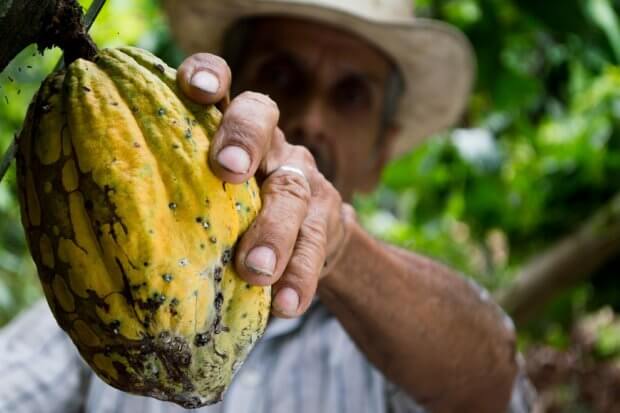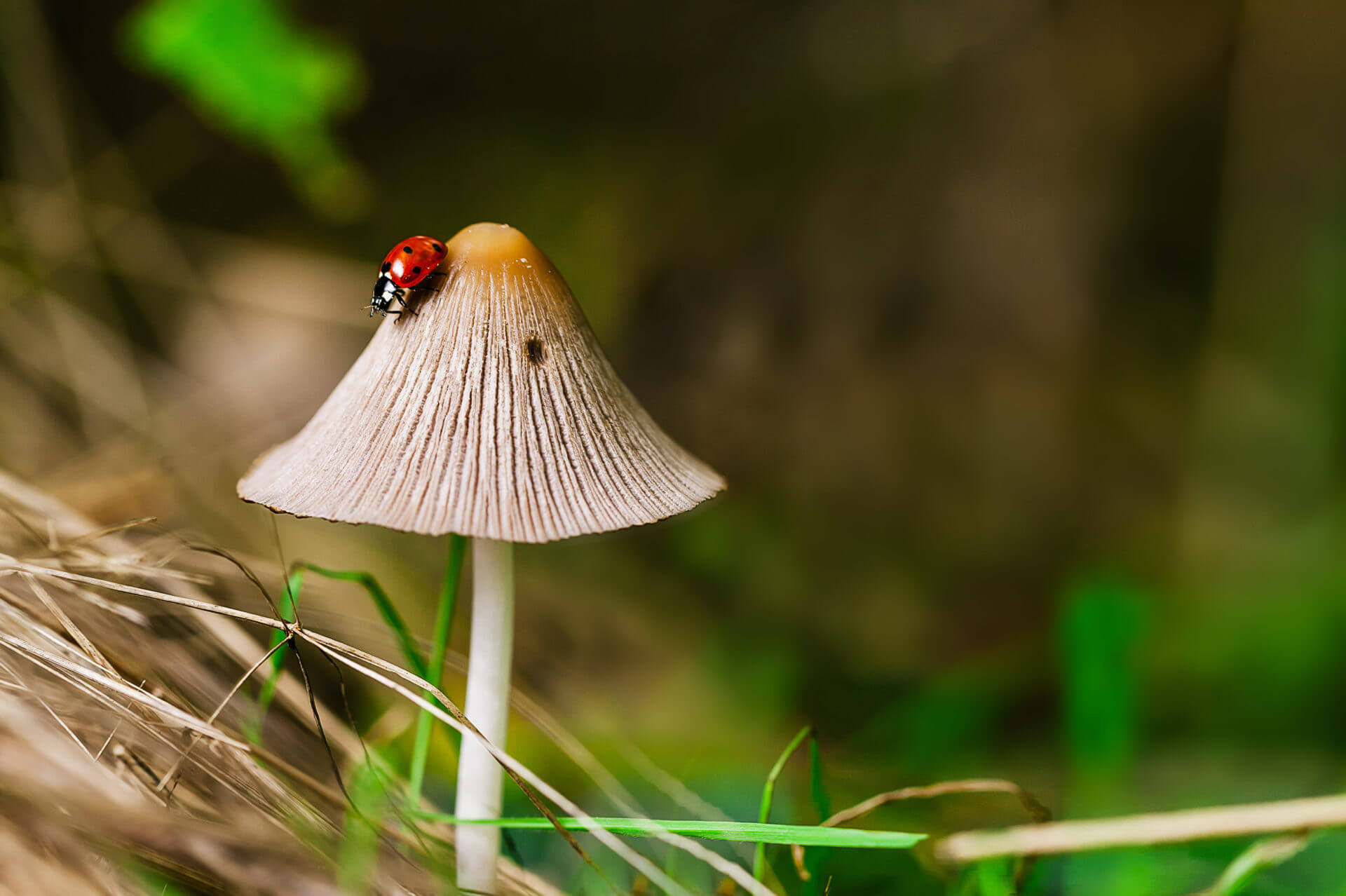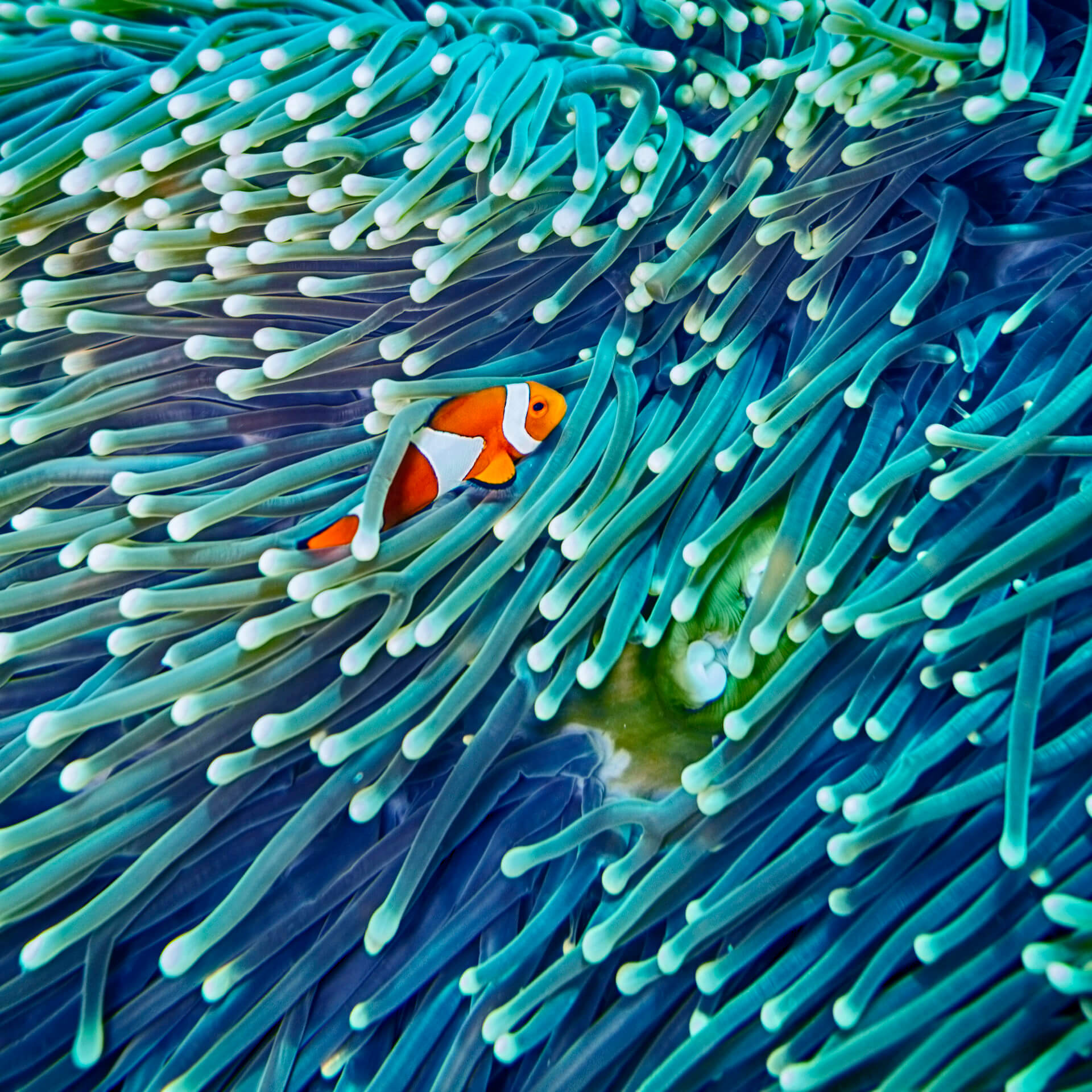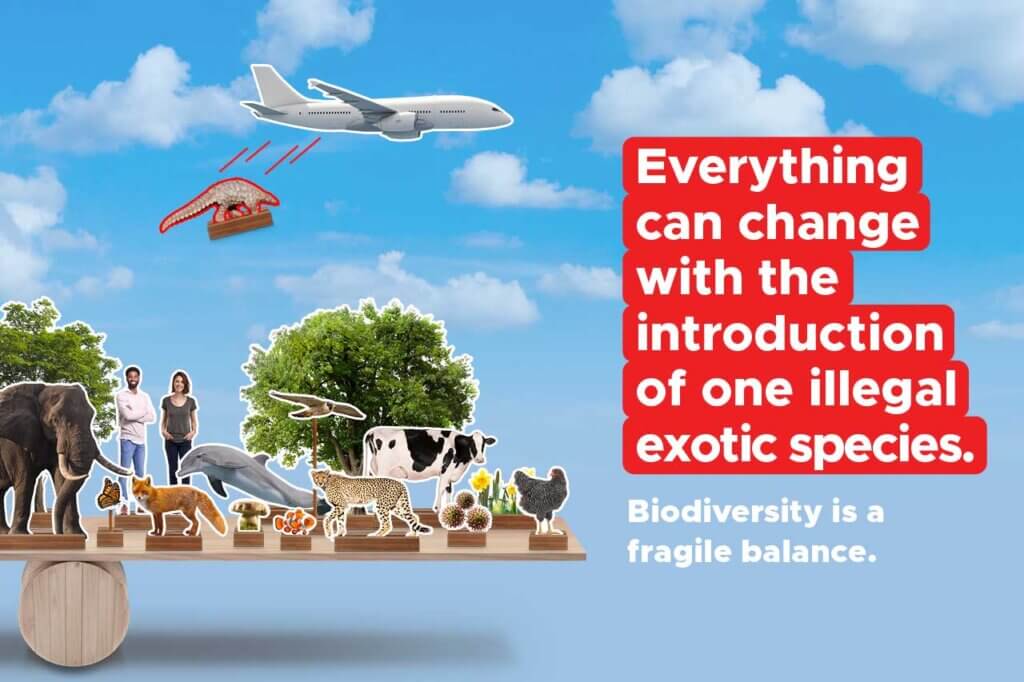
Everything can change with the introduction of one illegal exotic species!
The new awareness campaign for travellers
Travelling, a taste of freedom synonymous with biodiversity!
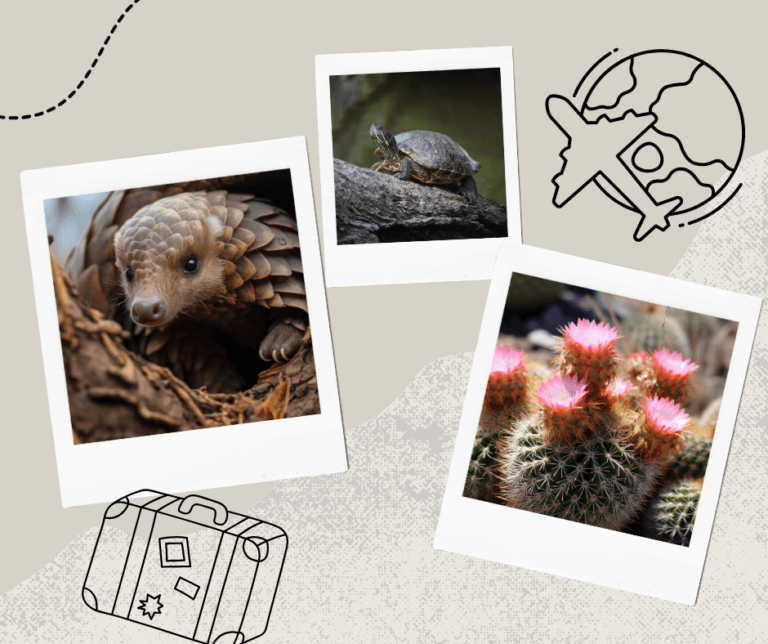
We are travelling more and more, whether for work, tourism or simply for the pleasure of getting away. To keep that sense of freedom that comes with travel, you may be tempted to take home a souvenir discovered in a market, a piece of root bought in a traditional pharmacy, a plant found along a path or a food product, such as fruit or meat.
Without realising it, these seemingly harmless actions can have a negative impact not only on biodiversity in the country you are visiting, but also on our own biodiversity back home. Sometimes, the health of animals, humans or plants are also affected.
Everyday actions at home and when travelling are key to protect and preserve biodiversity. The communication campaign “Everything can change with the introduction of one illegal exotic species. “ is designed to raise awareness among passengers about biodiversity and the fragility of ecosystems, and also to make travellers aware of the importance of sustainable tourism and of not bringing anything illegal back in their luggage.
The campaign is jointly organised by the Royal Belgian Institute of Natural Sciences and the Federal Public Service Public Health, Food Chain Safety and Environment.
It is also supported by customs, the Federal Agency for the Safety of the Food Chain and the airports of Charleroi, Liège, Ostend and Antwerp, Brussels.

What exactly is biodiversity?
This is a relatively new concept that emerged in the 1980s. It refers to all living things on Earth and the ecosystems in which they live, as well as the interactions between species and with the environment they live in. This definition is taken up by the International Convention on Biological Diversity (1992) and covers:
- All living species (plants, fungi, micro-organisms, animals, including of course humans);
- Their genes, which guarantee diversity within species;
- Their ecosystems, i.e. the way in which living organisms interact with their surroundings and form a specific environment, such as forests, deserts, wetlands and coral reefs, etc.
Is biodiversity constantly changing?
Today’s biodiversity is the result of the evolution of life on Earth over several billion years. The animal species, plants, fungi and even the humans that are around today are not the same as what has existed over time. Biodiversity is therefore constantly evolving, and there are various factors to explain this change: natural selection, extra-terrestrial factors (e.g. meteorites) or major geological events.
Why do we talk about a biodiversity crisis?
For several decades now, scientific studies have been clearly noting a massive and accelerating decline in biodiversity on a global scale, such as the disappearance of certain species, or even entire families, as well as decreasing populations of animals, plants and fungi. The decline is so significant that there is now talk of the sixth mass extinction in which man (Homo sapiens) is the main culprit.
- Find out more about the threats to biodiversity here.
Why is it illegal to bring meat back in your luggage?
As a passenger, it is forbidden to bring meat of any kind (cooked or raw, prepared or unprepared) from a third country into the European Union. The aim of this sanitary measure is to prevent the introduction of diseases that could have an impact on human health and animal health. All imports of meat from third countries are illegal. This ban applies to the whole of the European Union, as it was decided on at this level by a European regulation.
- Find more information here
What is wild meat or bushmeat and is it illegal to import? And if so, why?
Bushmeat or wild meat is meat taken from wild exotic species for human consumption. This meat is important for the Asian, African and South American populations, as it is a major source of protein and nutrients. The problem here is its importation by passengers, which is illegal, as with all meat.
From a health point of view, this type of meat can carry pathogenic micro-organisms that can impact the health of our domestic or wild animals, as well as our health. Sanitary checks at border control posts are carried out by the Federal Agency for the Safety of the Food Chain (FASFC).
From the point of view of nature conservation, this meat may come from internationally protected species, known as CITES species. This protection covers, for example, all monkeys, all pangolins, some reptiles, some antelopes, some crocodiles and big cats.
To import illegal meat from CITES species is therefore a double offence: against animal health legislation and against CITES legislation.
What is CITES?
The trade in wild species of plants and animals around the world is a lucrative activity estimated at several billion euros per year. This trade is varied, ranging from live plants and animals to a wide range of products derived from natural materials (food products, leather goods, musical instruments, souvenirs for tourists, etc.).
If it is not monitored or regulated, this trade may threaten the survival of certain species in the wild. For this reason the United Nations established CITES, the Convention on International Trade of Endangered Species, in 1975. The convention currently has 184 Parties.
Each Party to the convention designates a Management Authority responsible for respecting and adopting legislation to ensure that CITES is implemented. In Belgium, CITES has been ratified since 1 January 1984. We also apply the European regulations with more ambitious provisions and incorporate them into our national legislation.
- Find out more here
What are the regulations on importing CITES-protected species?
Many species of animals and plants are protected by CITES. For certain species, there is a total ban on trade. Other species may be traded but under certain conditions.
If you wish to import a species, it is therefore important to check whether the species is protected by CITES, and what degree of protection it has been afforded. Depending on their level of protection, CITES documents will be required.
- Find out more here
Give your souvenir a future — what's allowed?
Don’t buy souvenirs made from protected animals or plants. Nature will thank you!
- Here‘s some advice on choosing the right holiday souvenir.
What are invasive alien species?
Invasive alien species (IAS) are animals and plants that are introduced accidentally or deliberately into a natural environment where they are not normally found, with serious negative consequences for their new environment. They are a major threat to native plants and animals in Europe and are one of the five major causes of biodiversity loss worldwide. They can also cause significant adverse impacts on the economy as well as human health, such as severe allergies and burns.
The European Union aims to prevent, minimise and mitigate the adverse impacts posed by these species on native biodiversity and ecosystem services. Rules also aim to limit social and economic damage.
The EU Biodiversity Strategy for 2030 contains the commitment to manage established invasive alien species and decrease the number of Red List species they threaten by 50% by 2030.
Many human activities can lead to the spread of species outside their natural range. Important mechanisms include the trade in plants and animals that could escape and establish themselves in their new environment, transport around the world (by land, sea or air) of products in which stowaways may be present, and the natural dispersal of species along infrastructures such as roads and canals. Sometimes tourists take alien plants or animals home with them, while people pursuing hobbies, such as fishing, may unintentionally transport invasive alien species from one region to another.
What are the regulations on importing invasive alien species?
As invasive alien species do not respect borders and their impact can be greatly mitigated by concerted action across national borders, the European Union published the invasive alien species regulation (Regulation (EU) No. 1143/2014) in November 2014. This regulation establishes a framework for coordinated action at EU level to prevent, minimise and mitigate the negative impacts posed by invasive alien species on biodiversity and ecosystem services, and limit their damage to the economy and human health. The European list of invasive alien species is the core of the regulation. 88 species are currently on this list, including 47 animal species and 41 plant species.
- More information here
Is it possible to legally bring back invasive alien species that are banned in Europe?
Prohibition is the key principle here. Therefore, you can’t introduce any of the 88 prohibited invasive alien species into the European Union or Belgium. However, the European regulation No. 1143/2014 allows owners of invasive exotic animals to be able to keep them until they die. When a person relocates within or outside the European Union, they can bring their pet with them, even if it’s a prohibited invasive alien species. Please note, however, that your pet must have been acquired before the entry into force of the European ban for the corresponding species. If in doubt, the best thing to do is to contact the federal authority: ias@health.fgov.be.
At federal level, what is the reference law for controlling invasive alien species at the border?
The Law of 12 July 1973 on nature conservation is the legal basis for preventing the introduction of invasive species to the national territory. In particular, it contains a series of provisions that aim to prevent, identify and punish offences which take place during the import, export or transit of invasive alien species prohibited in Europe.
- More information here.
Actus Associés
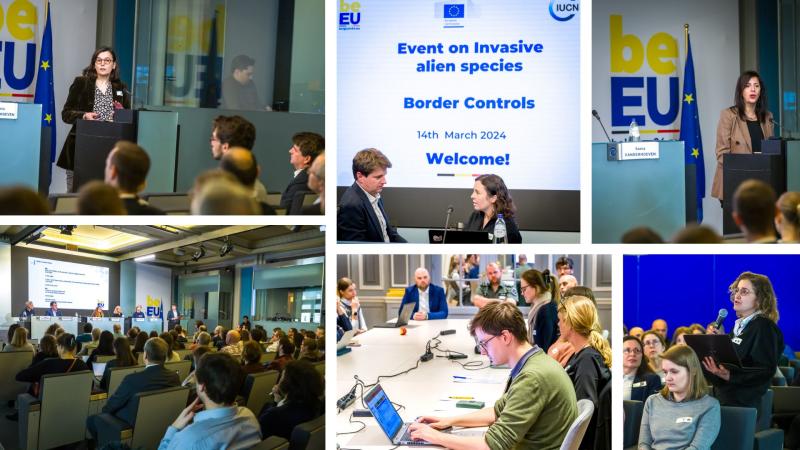
Enhancing collaboration at European Union borders
Officers from customs, animal and plant health authorities, and environmental authorities convened in Brussels on 14 March for an event focusing on improving border controls for Invasive Alien Species. Effective border controls are a key element in preventing their introduction into the European Union. This event was jointly organised by the Belgian presidency of the Council of the European Union, the European Commission, and the International Union for Conservation of Nature (IUCN).
See more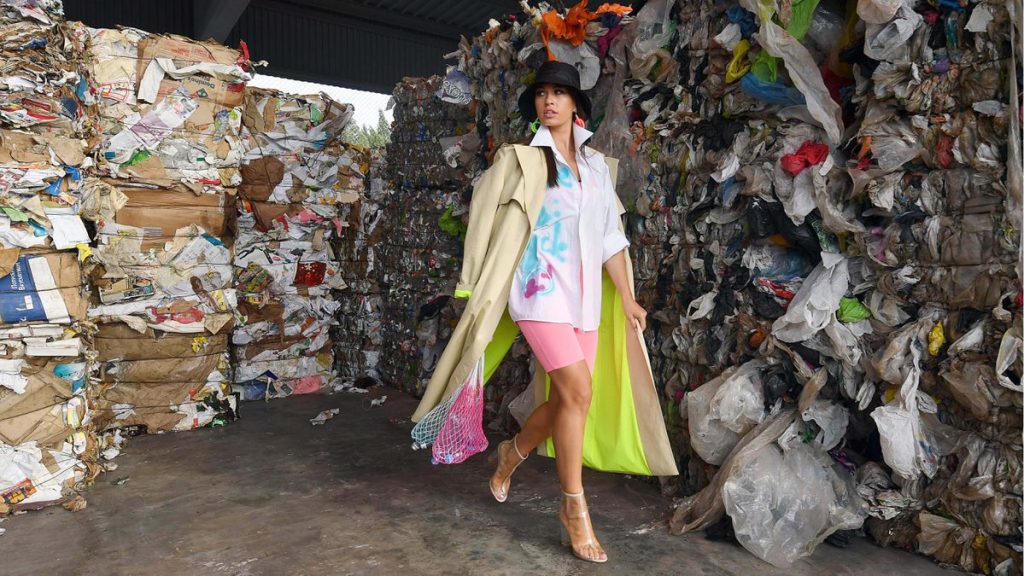
Biodiversity, victim of fast fashion!
The world of fashion, with its big names, its catwalks and its designers, is still a dream. This sector remains associated with seduction, beauty and creativity. And yet, the other side of the picture is gloomier. The industry is increasingly criticised for its environmental impacts and unacceptable working conditions. Overconsumption and large-scale pollution make the textile sector one of the most polluting in the world.
See more

